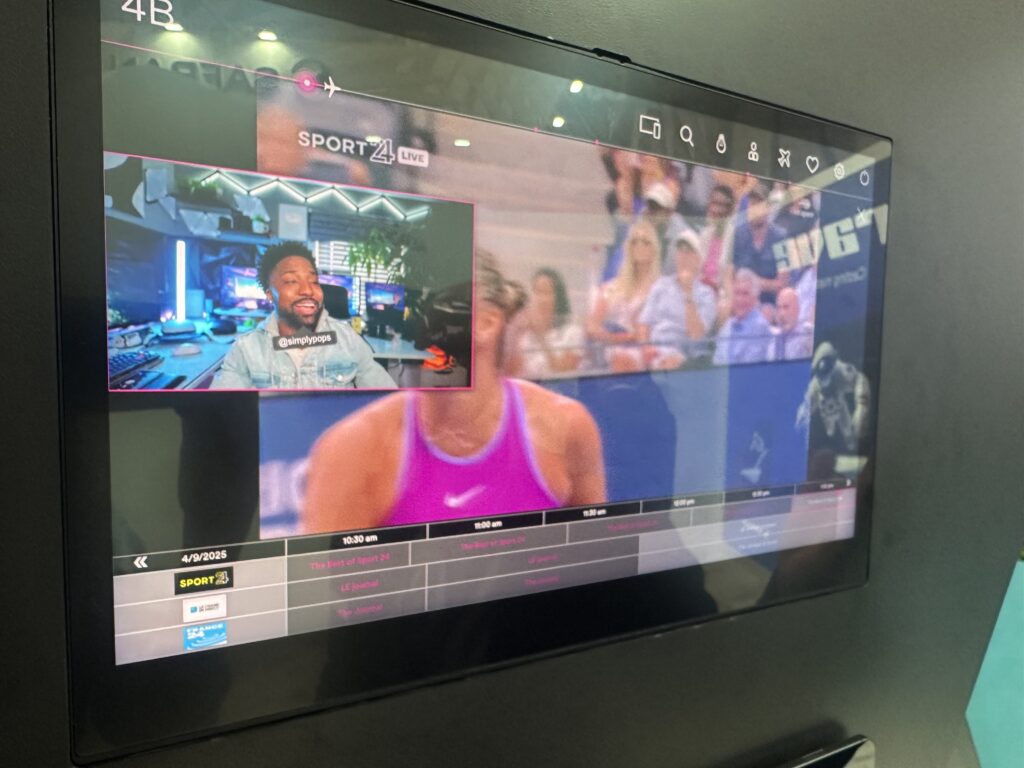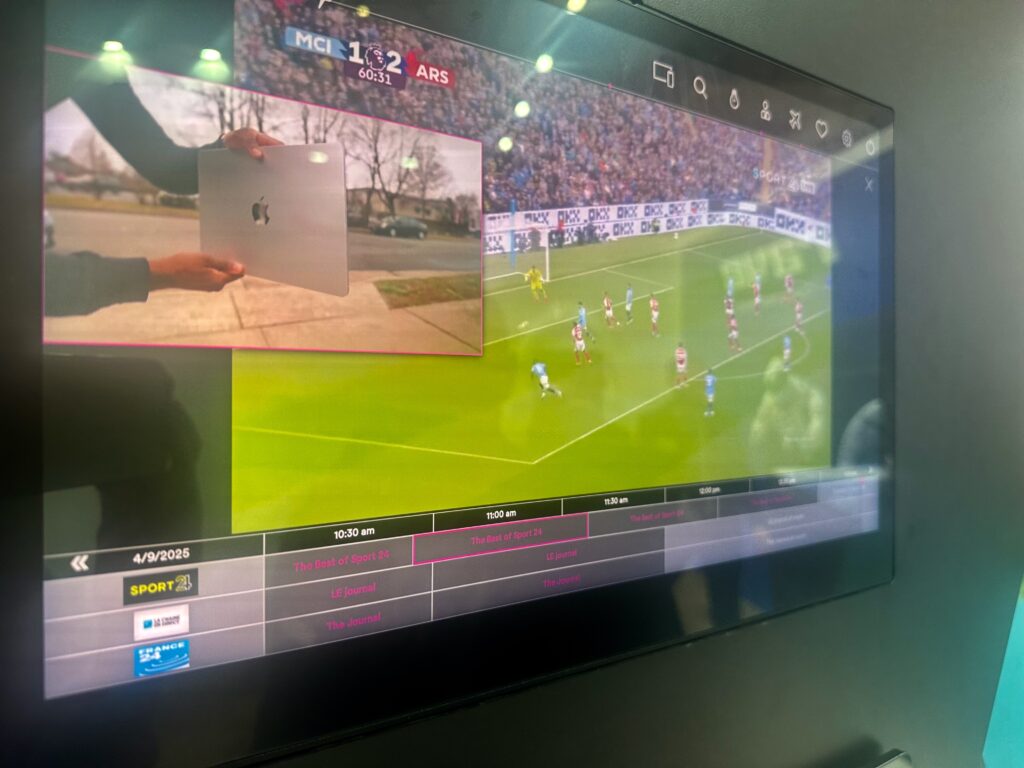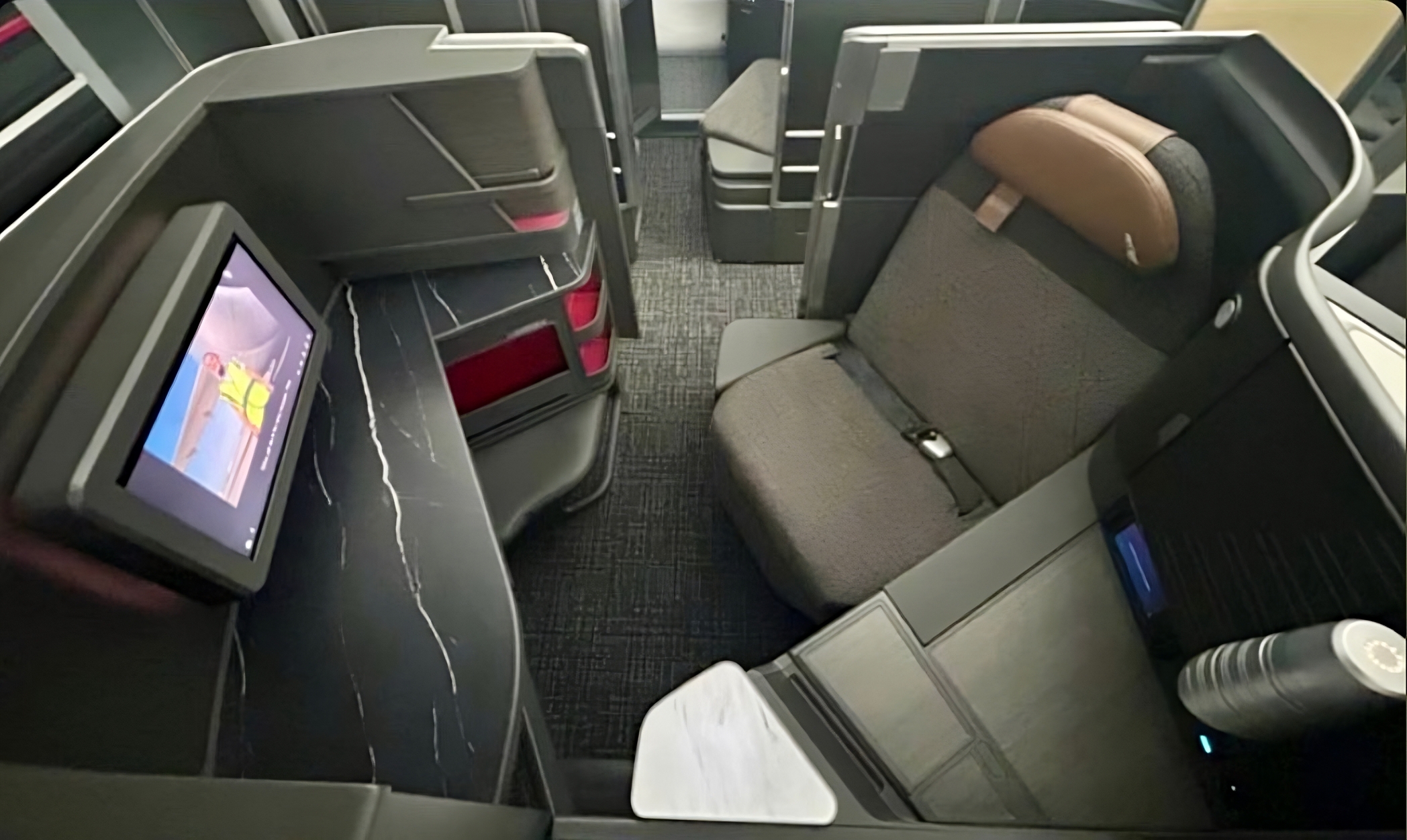RAVE new world: Safran pairs PED casting with edge caching for IFE
Safran Passenger Innovations is working to enable passengers to cast content from their own personal electronic devices to its RAVE in-seat IFE screens, in a breakthrough for the airline passenger experience (PaxEx) space. When the technology is paired with onboard edge caching — the process of storing streaming video locally after it has been accessed... The post RAVE new world: Safran pairs PED casting with edge caching for IFE appeared first on Runway Girl.
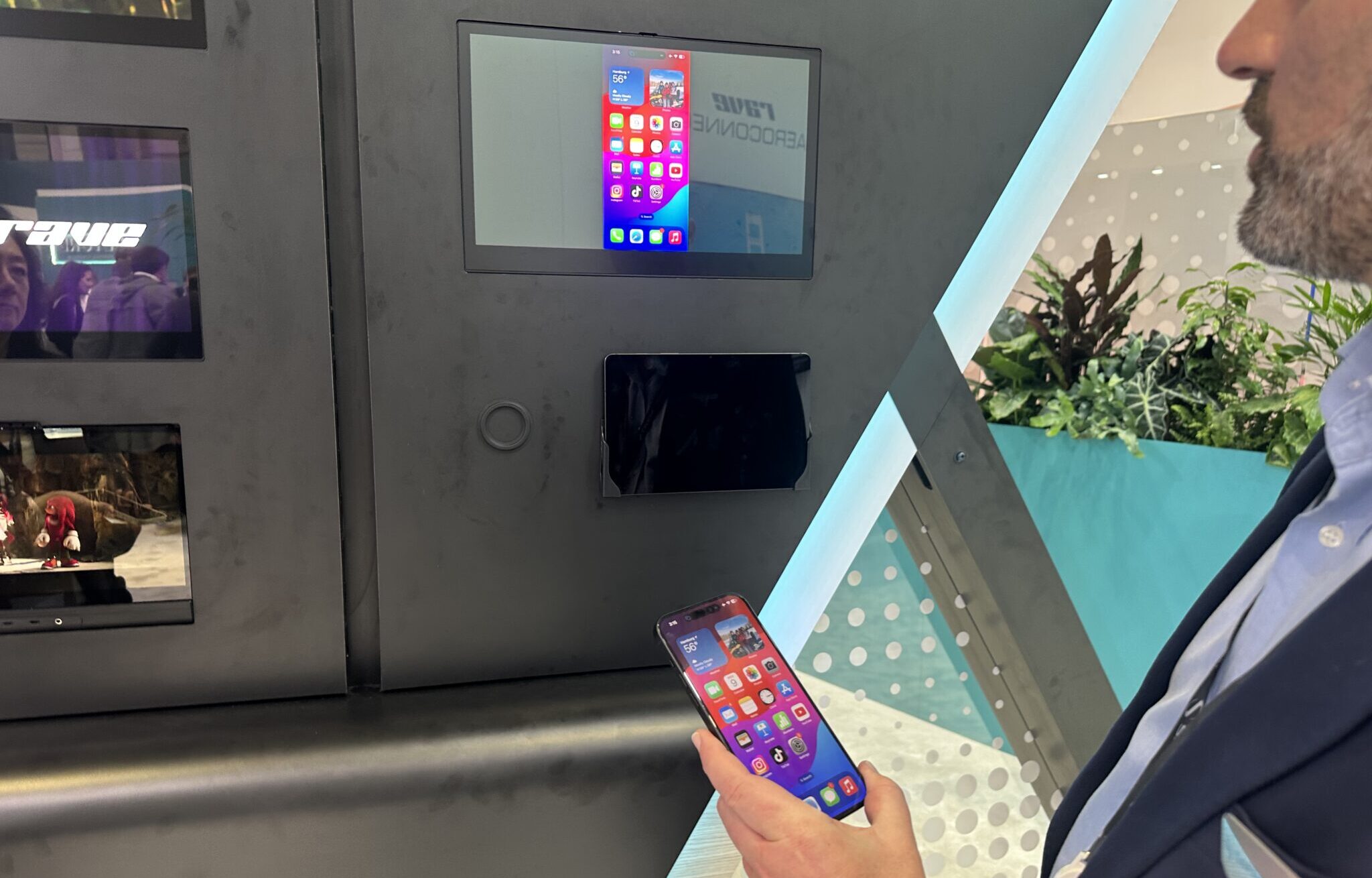
Safran Passenger Innovations is working to enable passengers to cast content from their own personal electronic devices to its RAVE in-seat IFE screens, in a breakthrough for the airline passenger experience (PaxEx) space. When the technology is paired with onboard edge caching — the process of storing streaming video locally after it has been accessed online by a passenger — SPI is confident that the vision for ‘connected seatback IFE’ will be fully realized.
Indeed, the inflight entertainment and connectivity hardware provider is planning to deploy PED casting “around the same time” as RAVE 5, the fifth generation of its RAVE embedded IFE system, “so that’s coming in late 2027, early 2028,” SPI vice president of products and strategy Ben Asmar told Runway Girl Network at the Aircraft Interiors Expo (AIX) in Hamburg. SPI decided to let the cat out of the bag at AIX 2025, he said, “because we want to start now having the conversations with all the streaming providers to say, ‘okay, this technology is available now. How do we get this onto aircraft and delivered to passengers?”
“The technology is actually the easy part,” he continued. “All the protocols are available. We can embed them into our software. We now need to talk to the likes of Disney+ and Paramount+ and say, ‘how do we license cast content to a seatback screen? What do the airlines have to do to make this happen?’ We think the technology will probably happen faster than the licensing deals, but we want to be future ready.”
Even if SPI doesn’t support casting of streaming services straight out of the gate — as licensing particulars are being thrashed out — it can still enable screen mirroring so, for example, passengers could watch local video and other content stored from their own device on the IFE display.
Asmar demoed the technology for your author on SPI’s stand at AIX. It’s similar to how one might cast to a television screen at home, but obviously the aircraft environment, with potentially hundreds of seatback screens, is a bit different “so you select your seat” and in this particular instance “it’s using Apple AirPlay protocol to connect to the seat,” he explained.
Mirroring his PED content to an IFE screen on SPI’s stand, Asmar was able to view his holiday photos on the display.
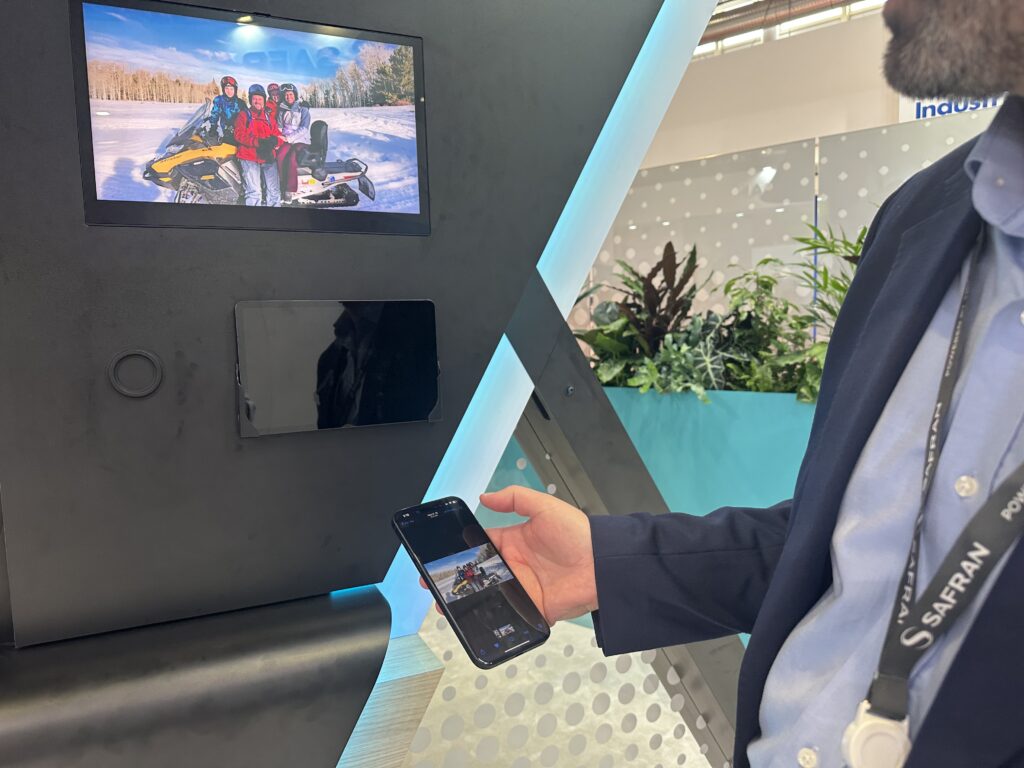 Working on a big presentation? Consider casting to the big screen for optimal viewing.
Working on a big presentation? Consider casting to the big screen for optimal viewing.
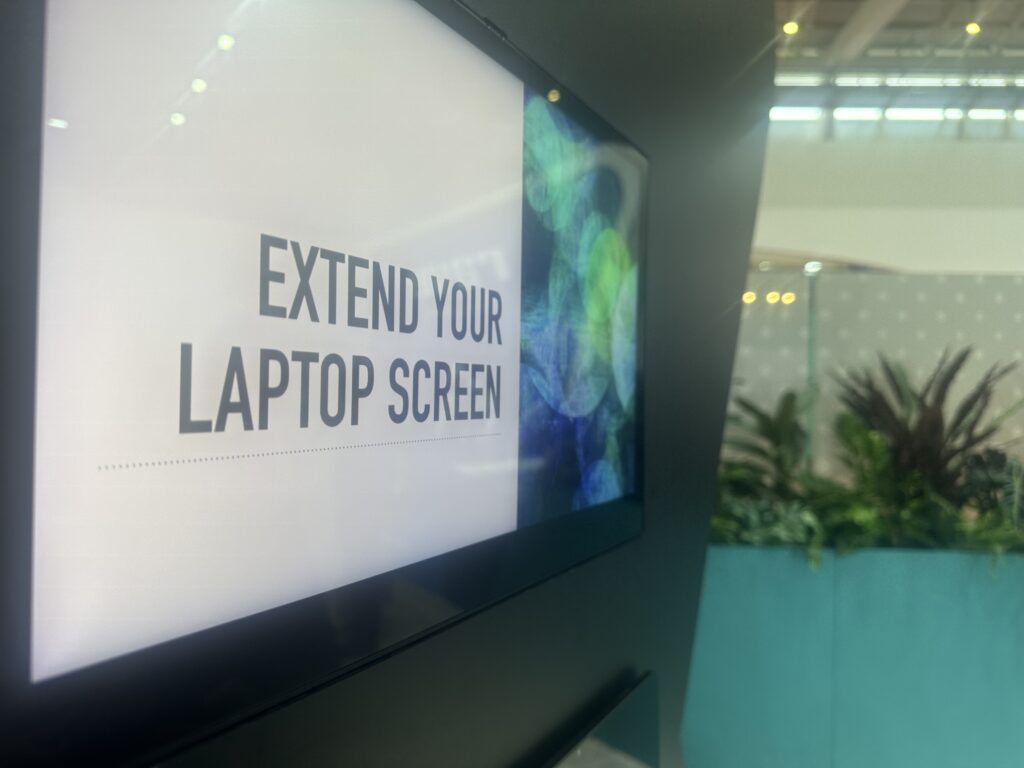 Pivoting from mirroring to casting, Asmar accessed the YouTube app on his phone and selected a video. The system established the protocol between the two devices. “And now it will start streaming using the Internet straight to the seatback. So, this truly is the connected IFE system. And here we go. That’s my YouTube now casting directly to the seatback,” he noted.
Pivoting from mirroring to casting, Asmar accessed the YouTube app on his phone and selected a video. The system established the protocol between the two devices. “And now it will start streaming using the Internet straight to the seatback. So, this truly is the connected IFE system. And here we go. That’s my YouTube now casting directly to the seatback,” he noted.
SPI can also support picture-in-picture (PIP) as it does today with its IFE systems, with the crucial difference between that the content being cast for PIP is from the passenger’s own device, not stored in an onboard server.
But naturally, the other side of the coin is edge caching, that is the ability to store new information (e.g. streaming video) locally after it has been accessed online, providing crucial bandwidth relief to airlines. Elsewhere in the embedded IFE sector, Thales and Panasonic Avionics are working on edge caching solutions for IFE, with Thales already announcing Delta Air Lines and Qatar Airways as customers for its FlytEDGE product. For its part, SPI has embraced a new kind of architecture for its embedded IFE whereby each screen system contains local content but also works as part of a cloud of drives to open up terabytes of storage for thousands of hours of content. And with this massive storage capability, as much as 300 TB on a widebody, SPI can facilitate edge caching, said Asmar.
“So if you’ve got a couple hundred people on an aircraft all using their YouTube or streaming on their streaming service, casting over the Internet pipe, even with Starlink you’re going to start to put a little bit of stress on that pipe,” he noted. “So how do we get around that? We start deploying edge caching capabilities on board the aircraft, just like you would do in an exchange on the ground. And then we start working with each of the streaming providers to actually cache their content locally on the aircraft. So, when someone’s opening up their app, they’re going to play whatever show they’re going to watch, rather than streaming it from the server on the ground, they’re streaming it from the server on the aircraft.”
Now SPI needs to enter discussions with streaming providers to support its connected seatback IFE vision through casting and edge caching. “But that’s why we announced these technologies to the market so we can start driving those conversations because until now people didn’t believe this was possible,” Asmar said. “So they say, ‘well, I don’t want to talk to you about that because the technology isn’t there.’ So taking that barrier down, we said, ‘here’s the technology, this can be done. So let’s now talk about how we actually go and bring this.'”
He warned in a statement, “As high-speed connectivity is further deployed across the commercial aircraft fleet, airlines must find new ways to engage with passengers as opposed to just losing them to the Internet, meaning any opportunity for future engagement becomes significantly harder. The future must be about building connected IFE platforms, where the ‘E’ stands for engagement, allowing the passenger to engage with airline services, third party services and importantly the entertainment options of their choice and not just what is available on board, something we now call the Passenger Curated Experience.”
PED casting and edge seem like a match made in PaxEx heaven. But obviously, SPI has to be a little bit sensitive about content, making sure that aircraft-safe content is cast. “But we have protocols built in so we can restrict certain types of activities if an airline’s not comfortable opening it up to everyone to do anything they want,” Asmar said.
Related Articles:
- Panasonic poised to play key role in Airbus connected aircraft
- Thales talks event-based 360Stream and near-live highlights
- How Safran Passenger Innovations drove weight out of nextgen IFE
- #PaxEx Podcast: Panasonic’s Masson on disrupters shaping IFE
- Delta seeks to gain edge with Thales FlytEDGE, eyes multi-network IFC
- Thales takes IFE innovation to the edge with edge-caching and cloud
- Safran Passenger Innovations offers IFE accessible mode for free
The post RAVE new world: Safran pairs PED casting with edge caching for IFE appeared first on Runway Girl.










































![2025 Best Credit Card Bonus Offers [May]](https://viewfromthewing.com/wp-content/uploads/2015/03/credit-cards.jpg?#)
























